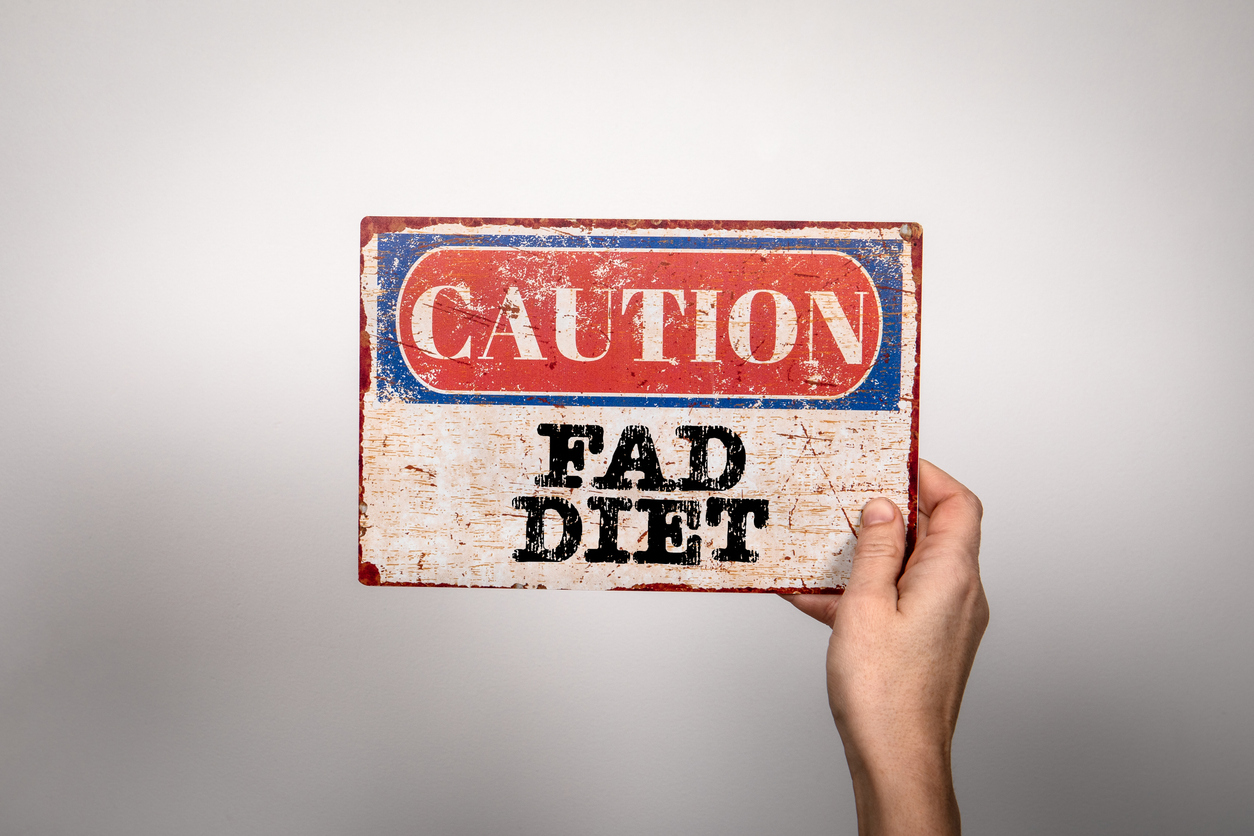
Here’s a meal that positively glows with health: fish, natto, lettuce-tomato-and-carrot salad, milk, and for dessert a big round shiny red apple.
So bright with nutritional promise! So empty in fact, says Josei Seven (May 9-16). The nutritional equivalent of dust and ashes.
Yesterday’s health food is health food no longer. Evolving agriculture, altered soil, shifting consumer tastes and a rapidly deteriorating environment have leeched food of its value. The modern meal pleases the eye and fills the gut but starves the blood, brain and other organs – the soul too, maybe. At worst, it fosters diseases that, if not fatal, make life more ordeal than pleasure.
Josei Seven, in short, paints a bleak picture – maybe too bleak. An obvious question goes unanswered: if Japanese eat so badly why do they live so long?
Health is a treasure. Wealth is good and success is fine, but illness turns them sour while health brightens even poverty and failure – imparting strength, moreover, to turn today’s defeats into tomorrow’s victories. Is that too optimistic a view? Supporting it is a throbbing and bloated health market, full to bursting with health foods, health drinks, health salves, supplements, pills, tonics, devices, books, articles, counseling – some of it genuine, some doubtful, some proven fraudulent. Booms come and go.
Japan within recent memory has fallen into and out of banana booms, apple booms, natto booms, fermented tea booms, walking booms, running booms, fish-only booms, meat-only booms, fasting booms, one-meal-a-day booms, milk booms, water booms, even a seaweed soap boom, supposedly conducive to weight loss. We’ll try anything, spend anything, clutch at any straw, heed any peddler of any miracle cure or wonder preventative in our fevered pursuit of the health treasure – where is it buried? Part of the problem, as Josei Seven sees it, is that some of these fads, by the excesses they encourage, do more harm than good – at worst, much more.
A few numbers will indicate where we stand. We’re shown two charts, courtesy of the education and science ministry – one pertinent to vitamin C, the other to iron. Each chart compares two eras, 1950 and 2020, showing how poor various food items once rich in these crucial nutrients have become. The figures that follow are approximate, as precise as the graphs allow. Spinach, for example, which in 1950 had nearly 160 mg of vitamin C per 100 grams, now has less than 40; soybean sprouts, 35 versus 1; hakusai cabbage, 40 versus 20; tomato, 20 versus 10. Iron likewise: spinach, 13 mg in 1950 as against 2 today; carrots, 2 then, nearly 0 now; soybean sprouts, 3 versus nearly 0, tomato, 5 versus – again – barely above 0. We’re starving without hunger pangs, is the inescapable conclusion, barring compensatory factors we’re not told of here.
To begin, as biblical lore says humanity began, with the apple – that big, shiny, red apple. Probably it comes from Aomori or Nagano, Japan’s apple country. The apple of today is not the apple of yesteryear. Then, orchards were surrounded by wilderness, not suburbs. Soils enriched by microbes, worms, bugs and human dung no longer are, and have thinned. Then there’s artificial breeding. Consumers today, Josei Seven points out – it’s a point often made – demand fruits and vegetables that look healthy, taking appearance for reality when all too often the two are mismatched. Blemished, discolored, misshapen produce languishes unsold though perfectly good. Growers breed accordingly. Appearance trumps substance, quantity quality. It’s not just apples. It extends pretty much across the agricultural board. Which is better: second-rate abundance, or first-rate scarcity? You can’t have everything.
As for fads and booms and suchlike bursts of enthusiasm, granted that some may be good, we’d still, in the long run, be better off without them. Two fundamental flaws dog them. The first is unbalance. Bananas may be good but a banana diet to the exclusion of nearly everything else is hardly likely to be. Likewise apples, natto, soybeans, seaweed and so on.
The second, related to the first, is that what’s good for one part of the body may cause harm elsewhere, if relied on to excess. Drinking two liters of water a day purges and cleanses but also thins the blood. Milk strengthens bones but leaves potentially destructive residue traced to artificial chemicals and hormones used to enhance cow fodder. Fish oil is preferable to meat oil but the arsenic detected in some fish is toxic, given over-reliance on fish. Turn to meat instead? Up to a point – past which lies a heavy burden on the stomach and kidneys.
Sugar – the root of all nutritional evil, avoided like plague by conscientious health-conscious consumers – who know not what they do, because sugar after all is the brain’s prime energy source.
All this we gather from Josei Seven’s reporting, and perhaps readers can be forgiven for throwing up their hands and crying, “To hell with it! I’ll eat what I please!” Maybe that’s best. Or maybe it’s not. Maybe it’s good for one individual but bad for another. One thing seems certain: just as the latest research makes nonsense of earlier research that was in its own time also the latest, what’s current now will cause our descendents to blanche at the perils it unwittingly exposes us to. Or again – maybe not. Our survival over a million years or so is proof of remarkable bodily resilience. It permits positive thinking. We’ll pull through somehow.
© Japan Today
